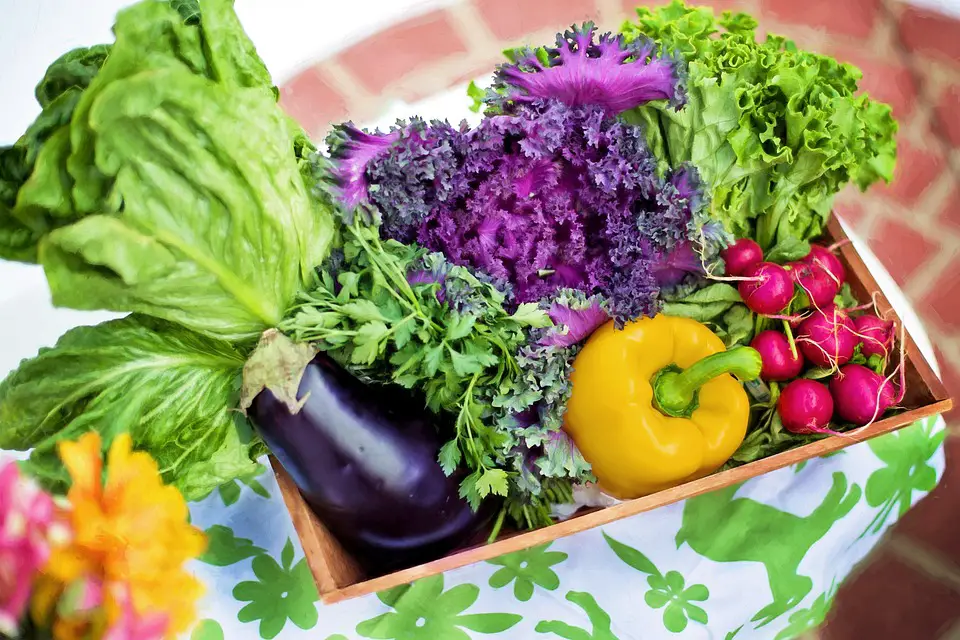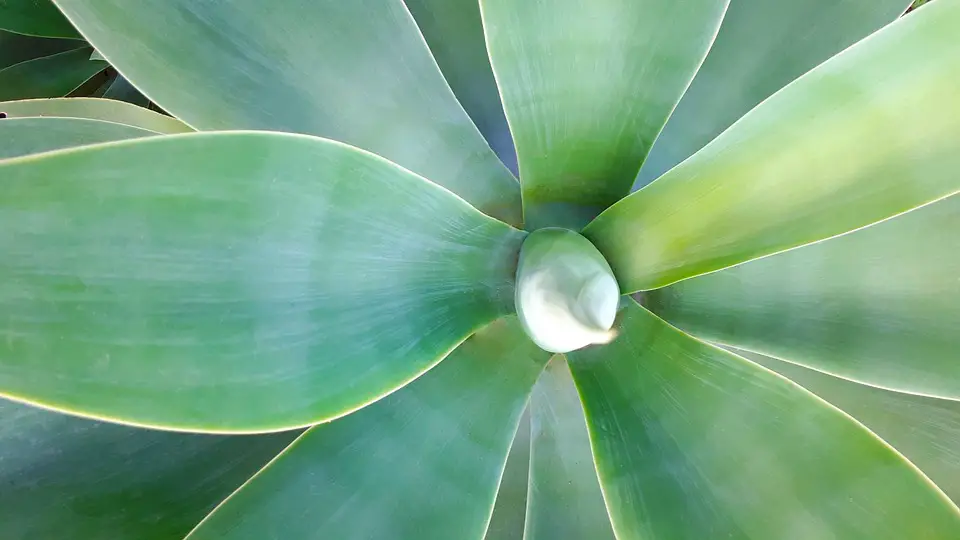Introduction
Hydroponics is a method of growing plants without using soil.
It utilizes a nutrient-rich water solution that provides all the essential elements required for plant growth.
With the advancement of technology and growing interest in sustainable practices, hydroponics has gained popularity as a viable alternative to traditional gardening.
Not only does it enable year-round cultivation, but hydroponics also allows for greater control over plant growth, leading to faster growth rates and higher yields.
In this article, we will explore the hidden potential of indoor gardening through hydroponics.
Benefits of Hydroponics
1. Efficient use of resources: Hydroponics uses significantly less water compared to traditional soil-based gardening since it recirculates nutrient solutions.
There is minimal water loss due to evaporation or runoff.
2. Space utilization: Hydroponics allows for vertical farming, making it possible to grow more plants in limited space.
This is particularly advantageous for urban dwellers or those with limited outdoor areas.
3. Faster plant growth: With the ability to control environmental factors like light, nutrients, and temperature, plants in hydroponic systems grow faster compared to those in soil.
This results in quicker harvests and multiple cropping cycles.
4. Fewer pests and diseases: Hydroponics minimizes the risk of soil-borne pests and diseases, reducing the need for harmful pesticides and fungicides.
Growing plants indoors also helps eliminate common outdoor pests that can damage crops.
5. Recycling and sustainability: Hydroponics promotes the use of renewable resources and reduces waste generation.
Nutrient solutions can be reused, and any excess can be easily recaptured, preventing environmental pollution.
Getting Started with Hydroponics
To unleash the hidden potential of indoor gardening through hydroponics, here are some key steps to get started:
1. Choosing a hydroponic system: There are various types of hydroponic systems available, such as deep water culture, nutrient film technique, and Dutch bucket.
Each system has its own advantages and requirements, so it’s essential to select one that suits your space and needs.
2. Selecting plants: Most plants can be grown hydroponically, but some are better suited for this method.
Leafy greens like lettuce, herbs, tomatoes, peppers, and strawberries are commonly cultivated in hydroponic systems due to their high productivity and short growth cycles.
3. Ensuring proper lighting: Since indoor hydroponic gardens lack natural sunlight, artificial lighting is crucial for plant growth.
LED grow lights are the most energy-efficient and effective option, providing the necessary light intensity and spectrum for optimal photosynthesis.
4. Monitoring nutrients: Hydroponic plants rely entirely on nutrient solutions for their growth.
Testing and maintaining appropriate nutrient levels are vital to prevent deficiencies or excesses that can hinder plant development.
5. Controlling environmental factors: Indoor hydroponic gardens require careful management of temperature, humidity, and airflow.
Maintaining optimal conditions will ensure healthy plant growth and prevent the spread of diseases.
FAQs Section
What is the main advantage of hydroponics over traditional gardening?
The main advantage of hydroponics over traditional gardening is its efficient use of resources, as it utilizes less water and space while achieving faster plant growth rates and higher yields.
Can any plant be grown hydroponically?
While most plants can be grown hydroponically, some are better suited for this method due to their high productivity and shorter growth cycles.
Leafy greens, herbs, tomatoes, peppers, and strawberries are commonly cultivated hydroponically.
Do hydroponic plants require sunlight?
Since hydroponic gardens are typically indoor setups, they lack natural sunlight.
Artificial lighting, such as LED grow lights, is essential to provide the necessary light spectrum and intensity for optimal plant growth.
How often should I test the nutrient levels in my hydroponic system?
Regular monitoring of nutrient levels is crucial in hydroponic systems.
It is recommended to test nutrient levels at least once a week to ensure proper balance and prevent any deficiencies or excesses that could impact plant growth.
What environmental conditions should I maintain in my hydroponic garden?
In a hydroponic garden, controlling temperature, humidity, and airflow are crucial.
Aim for temperatures between 65-75°F (18-24°C) and humidity levels around 40-60%.
Proper airflow helps prevent the build-up of moisture, reducing the risk of diseases.




